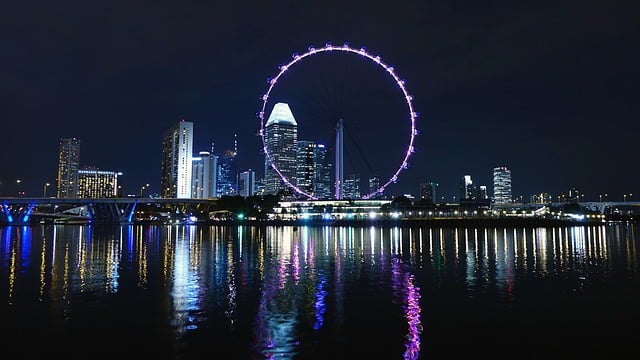
In the first half of 2017, the number of Chinese who went to Japan exceeded 3.282 million, showing an increase of 6.67%. Compared to the growth rate of more than 20% in the past two years, growth significantly slowed down.
In the first half of 2017, Chinese travellers in Korea dropped by 40.97% to 2.253 million. However, the total number of Chinese passengers to Southeast Asia (SEA) soared, exceeding 10 million people in half a year. Therefore, it can be assumed that there is a shift in the travel demand from Japan and South Korea to countries in SEA.
Chinese Tourism to Thailand
In September 2016, since Thailand rectified its “zero tour fees” policy, with the addition of the king’s passing, China’s tourism market to Thailand was impacted. In the first half of 2017, recovery is seen for China’s tourism market in Thailand, hitting about 4.712 million people, only down slightly by 3.8%.
From the Sino-Thai aviation market’s observation, regardless of the impact of the Spring Festival factors, the capacity from January-July 2017 has already exceeded the same period in 2016. Looking to the second half of 2017, despite the late Thailand king’s funeral in October 2017 which is likely to impact the industry, the number of Chinese tourists in Thailand is still likely to exceed last year, having a breakthrough of 9 million people.
Chinese Tourists to Cambodia
In recent years, the number of Chinese travellers to Cambodia has grown steadily. In 2016, 830,000 Chinese travellers visited Cambodia, an increase of 19.47%. In the first half of 2017, Cambodia received 2.66 million international tourists, an increase of 12.8%, of which Chinese tourists accounted for 530,000 tourists, an increase of 39.9%.
From the current trend, the number of Chinese tourists to Cambodia is expected to exceed 1 million people in 2017. It is also worth mentioning that, with the continued warming of Sino-Cambodian relations, the number of business travellers to Cambodia has increased rapidly.
Chinese Tourists to Vietnam
From January-July 2017, the number of Chinese travellers in Vietnam is 2.217 million people, a substantial increase of 51%, with Vietnam becoming the most travelled to the destination in SEA for Chinese tourists. In the second half of 2017, if Sino-Vietnamese relations are stable, the total number of Chinese travellers in Vietnam in the entire year is expected to have a breakthrough of 4 million people.
Chinese Tourists to Singapore
Currently, Singapore only has the numbers from January-May 2017, whereby the number of Chinese tourists in Singapore reached 1.335 million, an increase of 6.67%. Following Singapore Airlines Air Navigation and Tiger Airways’ complete integration, there are plans to continue to expand China Airlines’ routes. From the observation of current trends, the number of Chinese travellers in Singapore in 2017 is expected to exceed 3 million people.
Chinese Tourists to Malaysia
Currently, Malaysia has also only released numbers from January-May 2017, and the number of Chinese tourists in Malaysia reached 905,300, an increase of 7.79%. From the current market situation, the number of Chinese passengers travelling to Malaysia has been restored to the number pre-“Malaysia Airlines” incident.
Benefitting from China and ASEAN’s open sky policy and low-cost aviation development, the aviation market between China and ASEAN countries continue to grow. There is also a trend of development towards small countries (eg. Brunei) and small cities (eg. Hat Yai, Cambodia).
Since the market size is expanded, competition is heightened, and even small charter companies tried to adopt the China aviation route. In the open market system, however, continued efforts are still required to promote the healthy development of the aviation market and to have orderly competition.